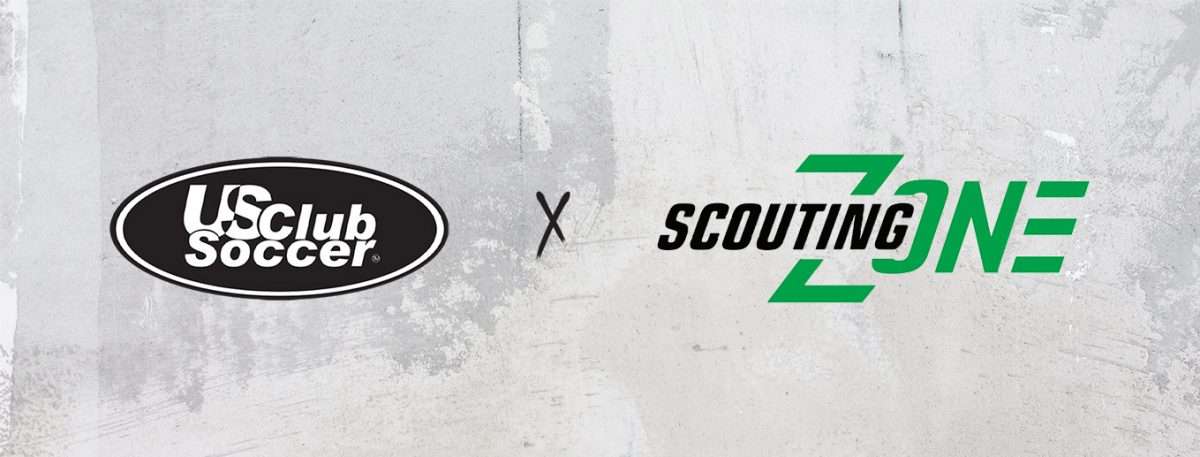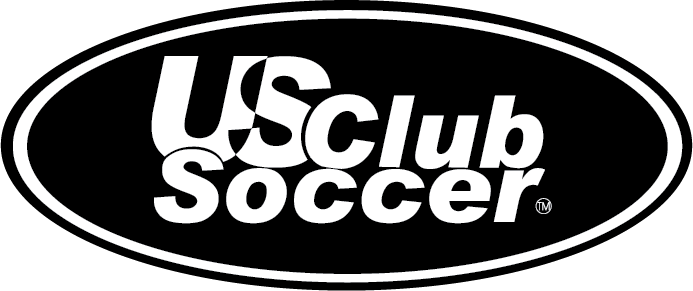Breaking down collegiate opportunities (via ScoutingZone)
The difference between DI, DII, DIII, NAIA and NJCAA
Editor’s Note: This article was submitted by our partner, ScoutingZone, in an ongoing series of best practices for college recruiting.
While dreaming big is important in life, it’s equally important to be realistic with your own level of athleticism and academics and what is truly the right fit for you. When building that “Top List”, players must be open to different college programs that might be outside of their initial comfort zone. There are many misunderstandings about available roster spots amongst the different divisions and we’d like to take a deep dive into each.
We believe there is a roster spot for every player that aspires to play college soccer. You must be open to different types of colleges and divisions to create the most opportunities for yourself.
NCAA Division I: Intense & demanding
~205 men’s programs and ~333 women’s programs
For student-athletes who are looking to compete at the highest level-and have the skills to back it up, an NCAA DI soccer program is probably the best choice. Athletes who compete at NCAA DI level were usually the top players on their high school and club teams and are passionate about their sport. DI soccer colleges push their athletes to really focus on the sport, offering little time for extracurricular activities outside of schoolwork.
The NCAA strictly regulates the number of scholarships that each school in DI can offer. There are full ride scholarships, programs may choose to divide them up however they wish. For example, if a program has 14 full ride scholarships to award in their women’s soccer program, they may choose to recruit 28 players, offering only a partial scholarship to each. This way DI colleges can stretch their scholarship limitations to include athletic aid to a greater number of players.
NCAA Division II: Balance of athletics & academics
~214 men’s programs and ~265 women’s programs
Division II colleges typically feature talented teams with high-level soccer players. At many top-tier DII soccer schools, it’s common to see DI level athletes. However, DII soccer schools tend to have a slightly less demanding schedule than DI teams, giving athletes a little more time for a life outside of their sport.
For talented athletes who want some time to explore other interests in the offseason, a DII program can offer a great fit. DII colleges are made up of smaller public universities and private colleges. Just like DI programs, coaches can divide their allotment of full ride scholarships into a greater number of partial tuition scholarships. This is a common practice amongst DII schools, as it allows coaches greater flexibility when recruiting players.
NCAA Division III: A well-rounded college experience
~415 men’s programs and ~441 women’s programs
Division III colleges are typically smaller than their Division I or Division II counterparts and place a greater emphasis on academics than on athletics. Different from DI or DII, NCAA regulations restrict Division III schools from offering athletic scholarships of any kind. That does not mean that Division III schools are not looking for exceptional soccer players. However, they routinely offer general scholarships and grants to academically talented students who have excelled at soccer as well.
NCAA DIII soccer players usually have more flexibility than DI or DII athletes to explore interests and activities outside of their sport, similarly to NAIA soccer schools. The recruiting process is also much less rigid than DI or DII schools, so coaches have more freedom in when and how they can reach out to recruits.
NAIA: A great college experience fitting many needs
~188 men’s programs and ~188 women’s programs
The NAIA, or National Association of Intercollegiate Athletics, sets the athletic rules for its 300+ member colleges and its 188 women’s and men’s soccer programs. The NAIA is characterized by its smaller, close-knit, picturesque campuses, competitive teams and well-rounded college experience for athletes. For student-athletes who want to study abroad, participate in extracurricular activities and enjoy a more traditional college experience, the NAIA might be a great fit.
The NAIA offers student-athletes an alternative to the larger NCAA colleges and universities. NAIA colleges do offer a large number of scholarship opportunities for students who are as interested in academic pursuits as they are in athletics. Similar to the NCAA, the NAIA closely regulates the availability of athletic scholarships at member schools. A fully funded NAIA soccer program can give out 12 scholarships, compared to the 9.9 scholarships that can be offered by a full funded NCAA DII program.
NAIA schools also have other financial aid opportunities outside of athletic scholarships. Potential recruits should look into academic, merit and need-based scholarships to bring down the overall cost of tuition.
NJCAA: A stepping stone to a 4-year program
~136 men’s programs ~118 women’s programs
The NJCAA is the regulating body that oversees athletics programs at community colleges and junior colleges throughout the country. Many student-athletes fail to consider the scholarship opportunities that may be available to them from these two-year colleges.
Junior colleges offer scholarships for qualified athletes. Depending on the school and how funded the program is, qualified athletes might receive a partial or full-ride scholarship. In fact, junior college soccer programs can give out up to 18 scholarships per team.
For athletes who might not have the grades, finances or build for a four-year school, a junior college soccer program can be a great way to gain experience competing against collegiate athletes. In fact, many junior college soccer teams have future NCAA DI and DII athletes on their roster who are there to hone their skills before they commit to a four-year school.
When creating your Top College List, it’s important to do your research, understand all types of opportunities available (as noted above) and cast a wide net of colleges which includes different divisions. The wider the net that you cast, the more opportunity you create for yourself to play collegiate soccer.
ABOUT US CLUB SOCCER
A National Association member of the U.S. Soccer Federation, US Club Soccer fosters the growth and development of soccer clubs in order to create the best possible environment for players of all ages.
Anchored by Players First and its pillars of Club Development, Coaching Development, Player Development, Referee Development, Parent Engagement and Player Health & Safety, US Club Soccer offers registration, league- and cup-based competition platforms, player identification and a variety of other programming, resources and services.
US Club Soccer is sponsored by Nike, DICK'S Sporting Goods and Gatorade.
usclubsoccer.org | App | Instagram | Facebook | X | YouTube |



